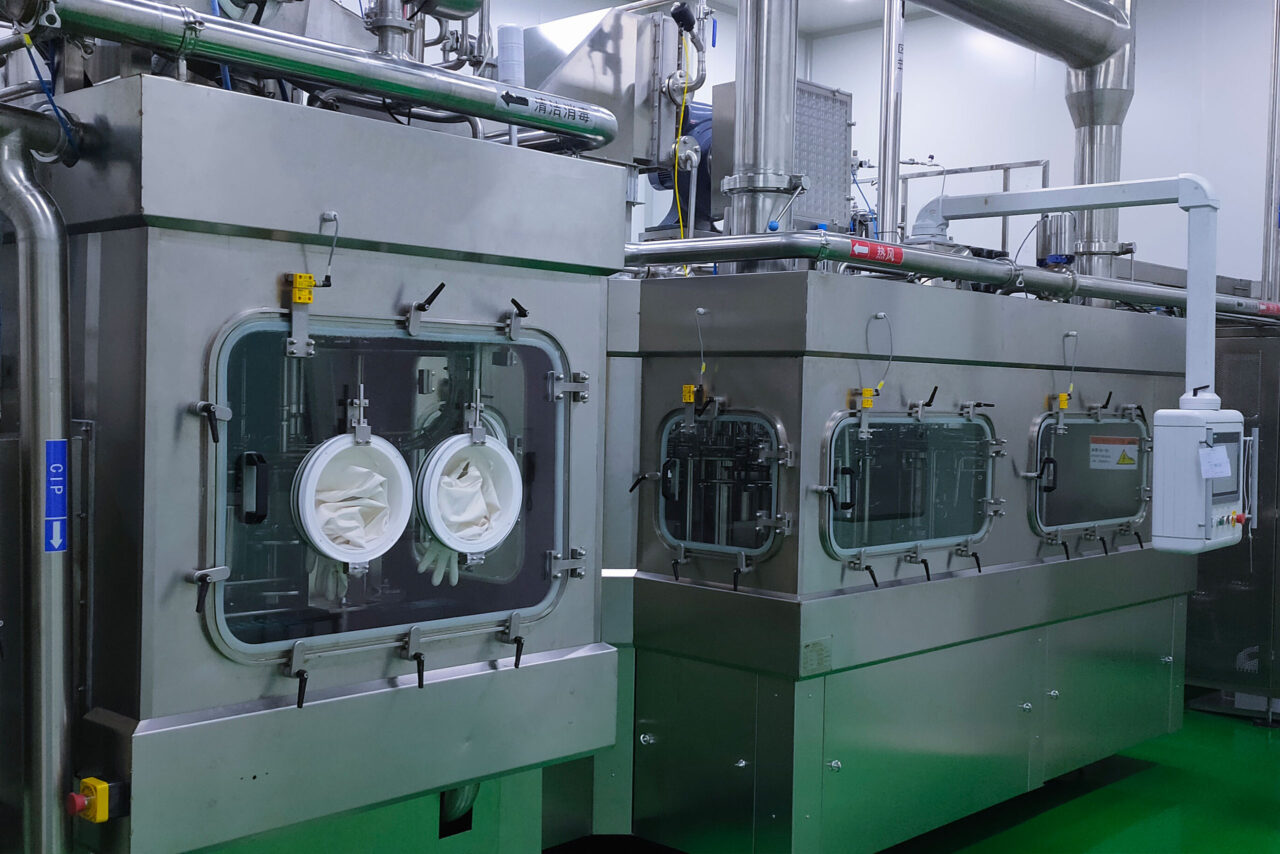Aseptic Cold Filling Technology and Its Market Application
Aseptic Cold Filling technology is an advanced technique for filling sterilized liquids into sterile containers at room temperature. Unlike traditional hot filling processes, sterile cold filling does not require high temperature heating throughout the entire process, thus maximizing the retention of nutrients, taste, and color in the beverage. This technology not only extends the shelf life of the product, but also ensures its safety without adding preservatives.
The application of aseptic cold filling technology is particularly widespread in juice products without additives. The rapid, precise, and thorough sterilization process ensures that the beverage is almost undamaged throughout the entire filling process. Nowadays, this technology is not limited to the field of fruit juice, but is widely used in the production of various liquid foods such as dairy products and plant protein beverages.
With the increasing demand of consumers for food health and safety, the market demand for aseptic cold filling technology is constantly growing. The steady growth of the North American market indicates enormous global market potential for this technology. According to statistical data, it is expected that the North American aseptic filling equipment market will climb to $385 million by 2029, with a compound annual growth rate of 2.18%. In China, with the continuous maturity and innovation of local enterprise technology, aseptic cold filling technology is also becoming the core engine for industry upgrading.
The core advantages of aseptic cold filling technology
The core advantage of aseptic cold filling technology is mainly reflected in its significant improvement in product quality. Due to the use of ultra-high temperature instantaneous technology in the sterilization process, the nutrients such as vitamins and minerals in the beverage are fully preserved, while the flavor and taste are also maximally maintained. At the same time, the cold filling process that does not require high temperature heating means that the requirements for packaging materials are reduced, and lightweight packaging becomes possible, thereby reducing production costs and transportation energy consumption.
Aseptic cold filling technology has also brought significant improvements in production efficiency. The entire process from sterilization to filling is completed on a highly automated production line, reducing manual intervention, lowering pollution risks, and improving overall production efficiency. With the continuous improvement of automation and intelligence, sterile cold filling production lines can achieve rapid conversion and maintenance, further shortening the time to market for products.
The application of aseptic cold filling technology also means environmental friendliness. The adoption of energy-saving sterilization technologies, such as ultraviolet and pulsed electric field sterilization, reduces the use of chemical disinfectants and lowers the impact on the environment. In addition, the efficient heat recovery system and water-saving cleaning technology make the aseptic cold filling process outstanding in terms of energy conservation and emission reduction.
Aseptic cold filling technology not only improves product quality and production efficiency, but also reduces production costs and environmental impact, providing strong technical support for the sustainable development of the beverage industry.
The future trend of aseptic cold filling technology
With the continuous advancement of technology, aseptic cold filling technology is developing towards a more intelligent and green direction. The construction of an intelligent production system has become a new trend in the development of aseptic cold filling technology. By introducing Internet of Things technology, big data analysis technology, and automation equipment, enterprises have achieved full process digital management from raw material delivery to finished product outbound. The benefits brought by this intelligent transformation are obvious: reduced unit energy consumption, improved production efficiency, direct cost savings, providing a solid foundation for the sustainable development of enterprises.
Greening is also an important trend in the development of aseptic cold filling technology. Top enterprises generally adopt heat recovery systems, water-saving cleaning technologies, and recyclable packaging materials, significantly reducing carbon emissions and promoting the industry’s transition to a circular economy.
conclusion
Aseptic cold filling technology will continue to be widely used in the field of liquid food and gradually replace traditional packaging methods. With the increasing attention of consumers to food safety and health, as well as the continuous progress and cost reduction of aseptic technology itself, the market share of aseptic cold filling technology is expected to continue to grow and become the mainstream of future food packaging technology.
